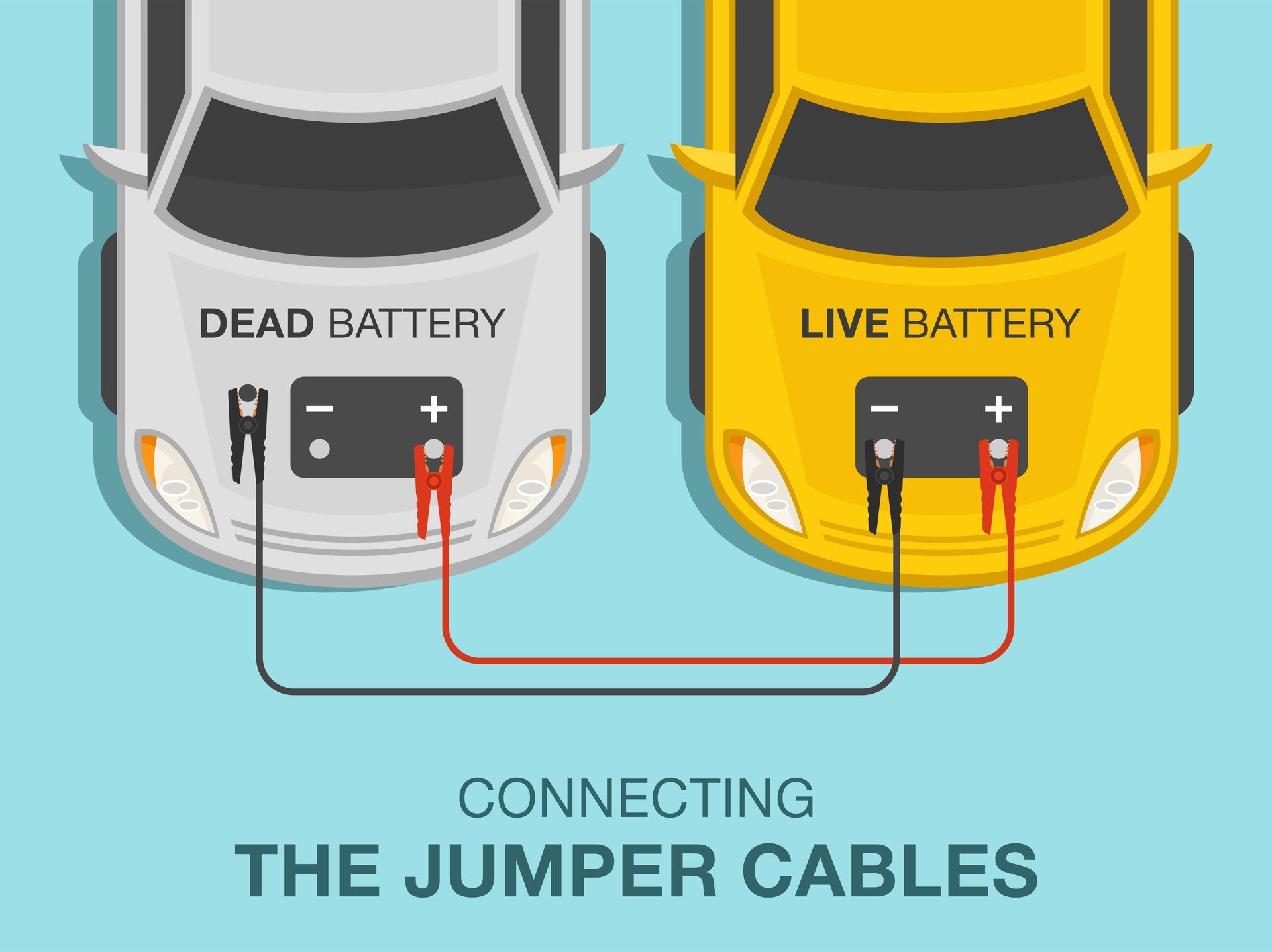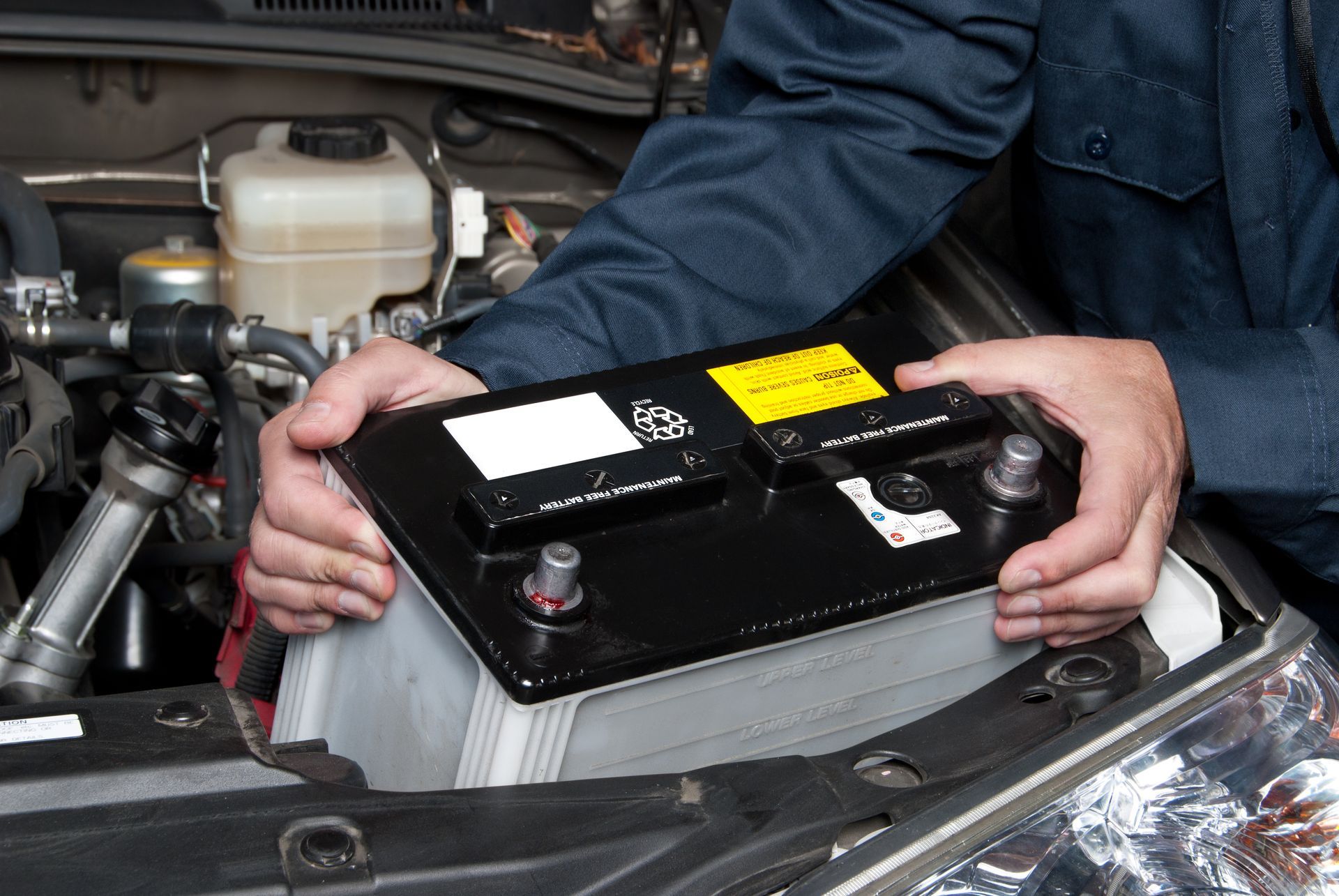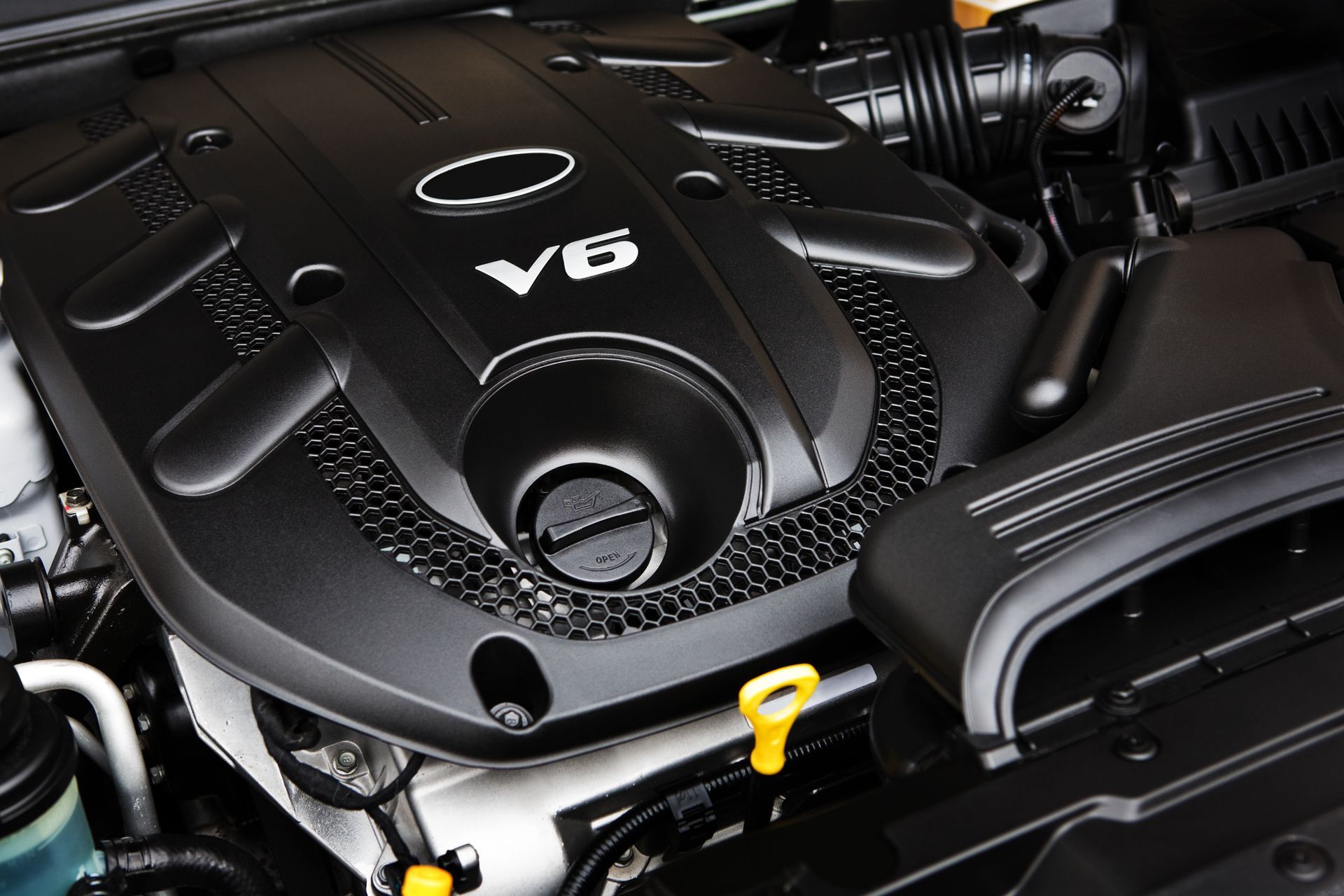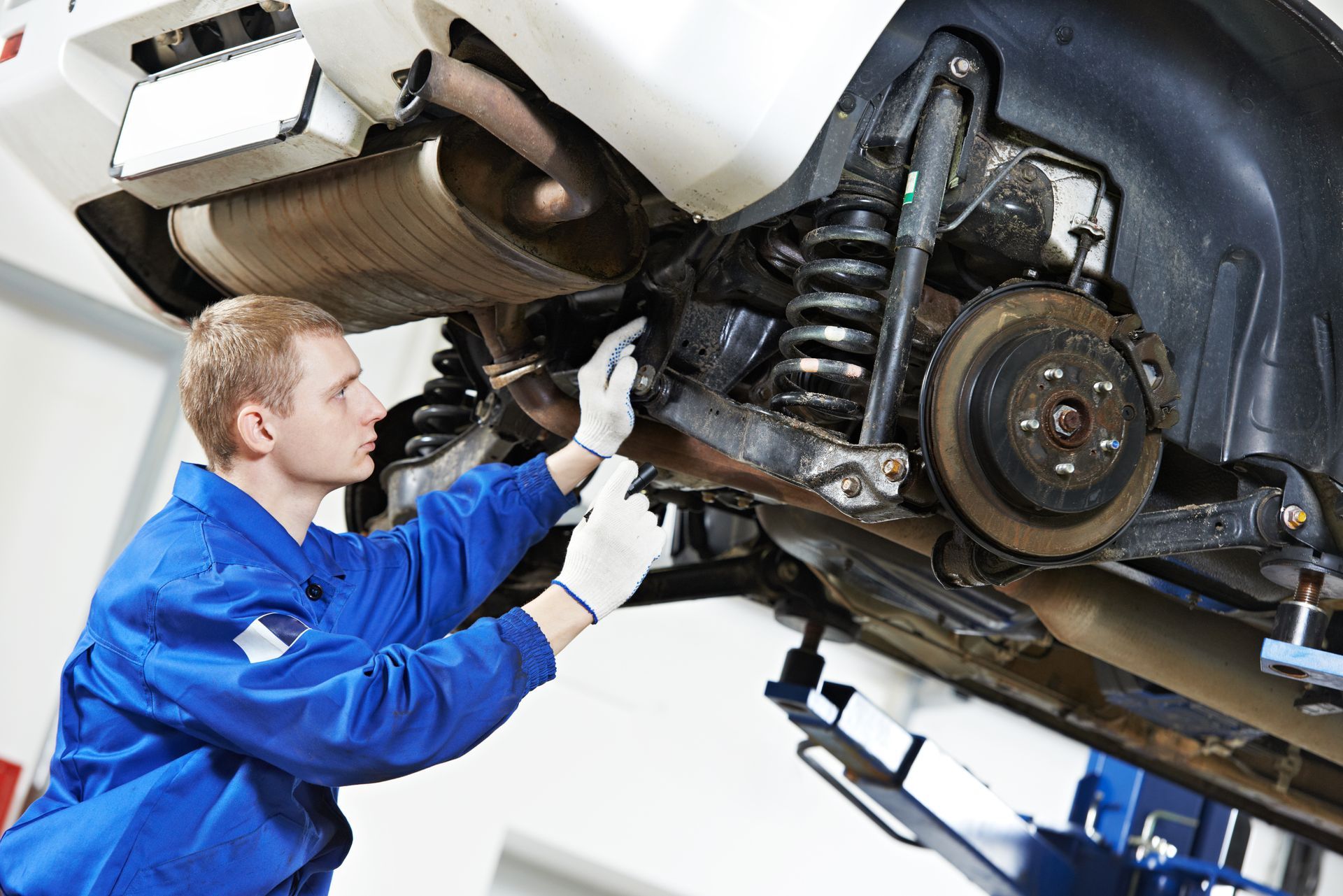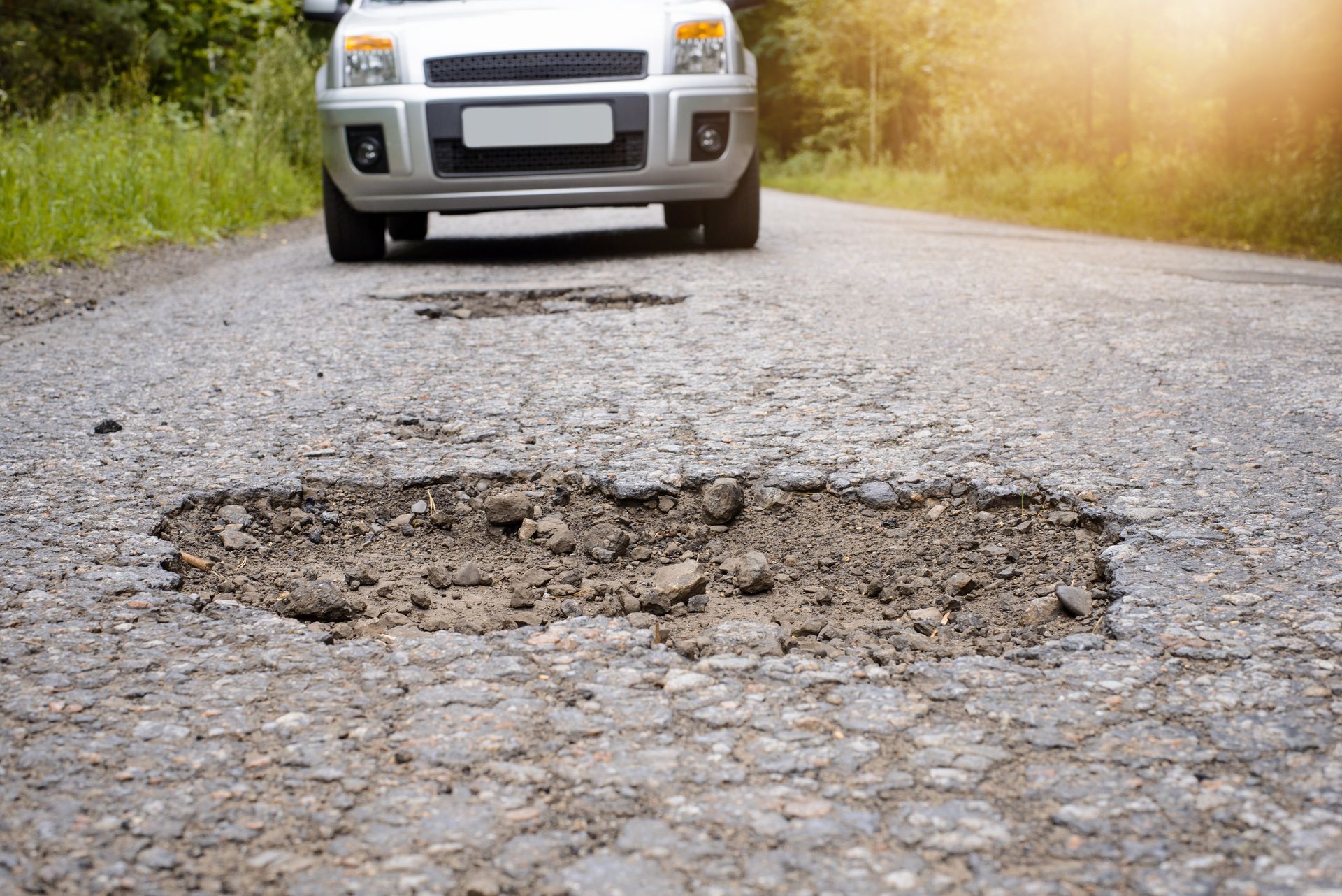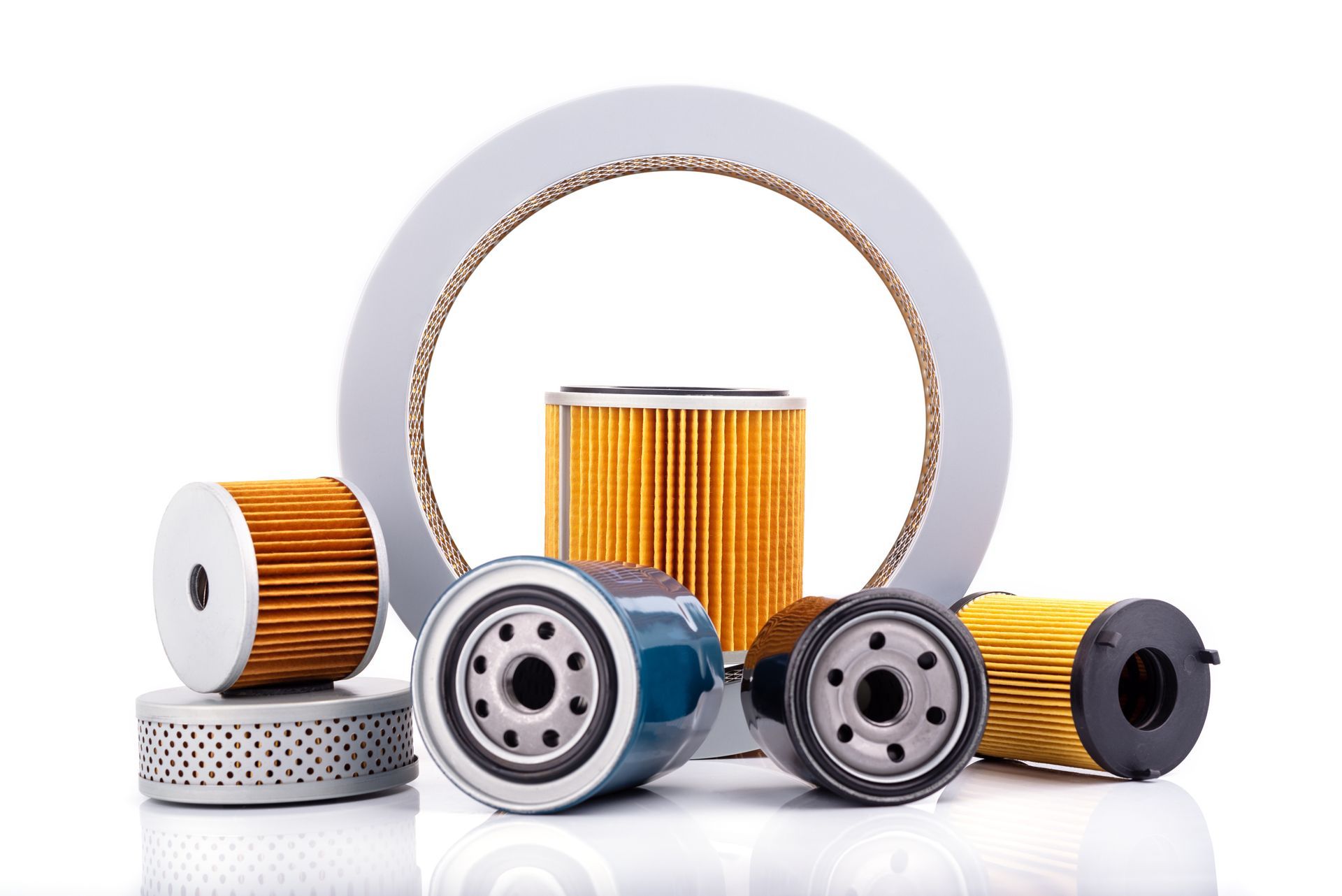Wildlife collisions are more common than many drivers realize, especially in rural or wooded areas like parts of Minnesota. Deer, raccoons, squirrels, and even larger animals like moose can cross your path with little warning, leading to serious accidents, costly repairs, or even injuries. Fortunately, there are practical steps you can take to reduce the risk of hitting wildlife on the road.
Here are seven tips to help you stay alert and avoid a dangerous encounter.
1. Be Especially Cautious at Dawn and Dusk
Animals are most active during early morning and late evening hours. This is when many species feed or move between habitats, and visibility for drivers is at its lowest. If you’re driving during these times, stay extra alert—especially in wooded or rural areas where wildlife is likely to cross the road.
Reduce your speed and scan the sides of the road for movement or glowing eyes. Using high beams in low-traffic areas can also improve your visibility, but remember to dim them for oncoming traffic.
2. Watch for Wildlife Warning Signs
Pay attention to the yellow wildlife crossing signs. These markers are placed in areas with a history of animal-related collisions and should be taken seriously. While they don’t guarantee animals will appear, they are a reminder to slow down and be on guard.
Assuming wildlife could be nearby if you’re traveling through new or unfamiliar areas, especially during seasonal migration or rutting periods.
3. Slow Down in High-Risk Areas
Speed is a major factor in many wildlife collisions. The faster you drive, the less time you have to react, and the more severe the damage if you do hit something. Slowing down even slightly in high-risk areas can give you the time needed to brake or swerve safely if an animal darts out.
Lower speeds also reduce stopping distance, which is crucial when visibility is limited or the road is wet or icy.
4. Avoid Swerving—Brake Instead
It may be instinctive to swerve to avoid an animal, but doing so can actually be more dangerous. Swerving at high speed could send your vehicle into oncoming traffic, off the road, or into a tree. Instead, brake firmly and maintain control of the vehicle.
If the animal is small and hitting it poses less danger than losing control of your car, it may be safer to stay the course and minimize damage than to swerve blindly.
5. Use Your Horn and Lights Effectively
If you see an animal ahead, flashing your lights or honking your horn can sometimes scare it away before it crosses into your path. Deer and other wildlife may freeze in your headlights—use short bursts of your horn to try to get them moving again.
Avoid continuously blaring the horn, which could confuse or panic the animal. Brief, firm signals are usually most effective.
6. Know That Animals Often Travel in Groups
If you see one animal crossing the road, there’s a good chance more are nearby. Deer, for example, often move in groups, and it’s common for another to appear moments after the first one passes.
Stay alert for additional movement after the initial animal crosses. Do not assume the road is clear just because one has passed.
7. Stay Alert Even in Populated Areas
While wildlife collisions are more common in rural areas, animals can show up anywhere—including neighborhoods, highways, and city streets. Construction and development can displace animals and drive them into unfamiliar environments, where they may cross roads unexpectedly.
Even during your daily commute, it’s smart to stay alert for wildlife, especially in areas near parks, rivers, or open land.
Duffy’s Auto Service – Helping Paul Park Drivers Stay Safe
At Duffy’s Auto Service in Paul Park, MN, we care about your safety on the road. Whether it’s checking your brakes, headlights, or tires before a road trip or repairing damage after a wildlife encounter, our team is here to help.
Stay proactive and be prepared by visiting Duffy’s for trusted local service that keeps you safe, no matter where the road takes you.

